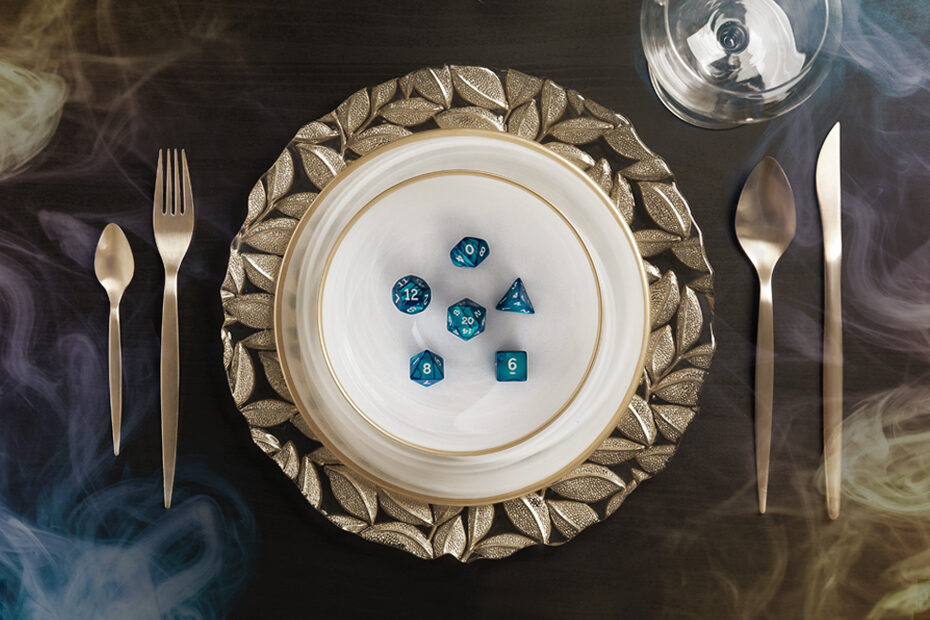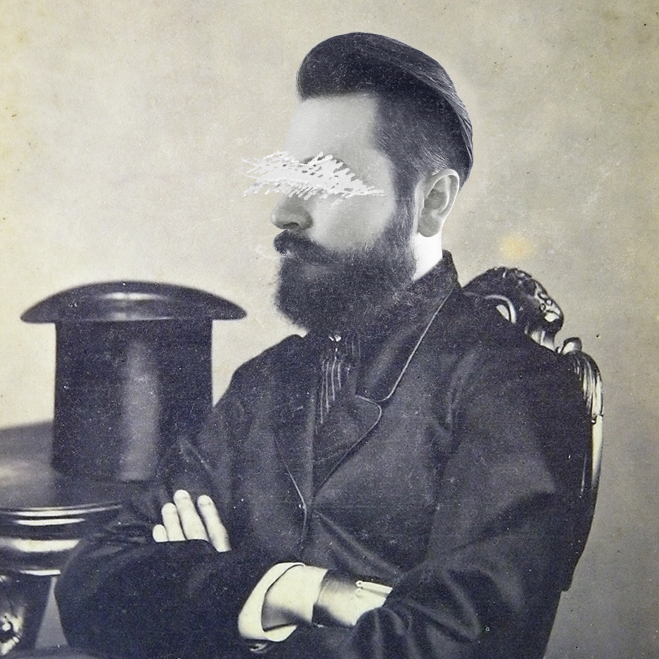We’ve talked a bit about different types of players in my previous articles, The Ten Types Of Perfect TTRPG Players and The Ten Types Of Problem TTRPG Players. But what about the actual etiquette of a tabletop roleplaying game? The same basic principals of common courtesy apply when you sit down to the table. However, because it is “just a game”, social niceties sometimes fall by the wayside. These are my thoughts on how to be the most polite player you can be!
Commit To Your Commitment
Joining a tabletop group is the same as any other social commitment. When you tell a group you are attending, you should follow through. Not only is everyone expecting you, but the game master’s story likely has been planned around your presence. The occasional absence is completely understandable. However, repeated absences and last minute cancellations are completely disruptive to the narrative.
Show Up On Time And Be Prepared
Nothing gets things off to a bad start like a perpetually late player! You should endeavor to be punctual and prepared. Arriving ready to play shows that you are excited to be there and that you respect the other members of your group’s time. You’re not expected to be perfect, but a little planning and effort can go a long way.
Be Engaged And Participate
As a game master, nothing makes me happier than when I see my players enjoying our game. Players who invest their time and attention really show that they are having a good time. Try to avoid distractions and focus as best you can on the game. By participating and contributing to the story, you influence the narrative and are fully engaging in the tabletop experience. You love to see it!
Don’t Be An Asshole
This is pretty self explanatory. Make sure that the only drama you are creating at the table is in game. Just use common courtesy and treat others with respect. This also extends to setting and following safety limits with your group. Never trigger other players or purposefully push their established boundaries. Tabletop games should be a fun and safe space.
Follow House Rules
Every group is different and has their own way of doing things. Some people like to play with modifications to specific rules. Other groups require you to use special hand signals when speaking out of character so as to not break immersion. Some have a designated mid-session break to maximize their time at the table. Whatever the house rule, once you learn it, try to remember to apply it to your gameplay.
Allow Every Player Their Chance To Shine
It’s important to allow people to step into the spotlight from time to time. Almost all TTRPGs are collaborative games and some people contribute more than others. If you are this type of player, that’s great! You are probably an asset to your group! Just remember to take a minute and assess a situation to see if a quieter member of your party might be better suited to handle it. You might get a great, unexpected moment!
Cut Your Game Master Some Slack
The GM is a player just like anyone else at the table. The difference is that while you are keeping track of one character, they are keeping track of an entire world! Bear this in mind when they make a mistake or you don’t agree with their ruling. If you can’t remember to be nice, maybe you’ll remember that they’re more or less in charge of your character’s fate!
Be Grateful, And Express That Gratitude
A lot goes into putting together a TTRPG session. Your game master lays careful plans and the other players set aside time to play. It’s not an “easy” hobby. Remember to be grateful to your group as you play. After the session, thank your GM for their hard work, tell them what you loved about the session, or congratulate a player on an excellent decision or performance!
Congratulations! You’ve just graduated Ghostlore’s school of tabletop roleplaying etiquette! Until next time, stay creepy and happy gaming.

